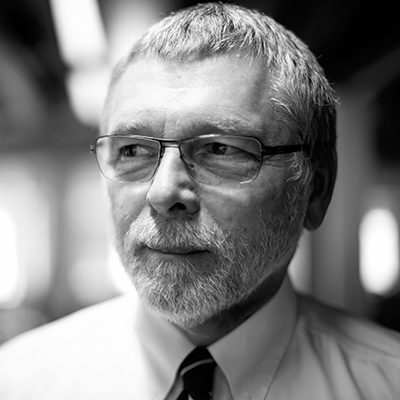
Antoni Gaudi, The Palau Guell
Antoni Gaudi was killed by a tram in 1926, three years before Mies’s Barcelona Pavilion was opened. A twist of fate that prevented us from knowing what Gaudi might have thought about Mies’s work. I, for one, would have been interested to hear Gaudi’s reaction. Gaudi had experienced a long and notable career by the time of his death, but Mies’s career was just beginning. The two famous architects are drawn into comparison by their shared location: the city of Barcelona. For Mies, Barcelona houses a singular small pavilion that catapulted him into the architectural spotlight. For Gaudi, the city is the home of the majority of his unusual body of work.
There is an interesting contrast between Mies’s Barcelona Pavilion, which he designed in his early 40s, and Gaudi’s Palau Guell, which he designed in his mid-30s. The Barcelona Pavilion is simple and elegant; it contains about one dozen well-executed details. The Palau Guell is almost medieval, with hints of Moorish architecture and hundreds of details. The project was a collaborative effort of artisans who fabricated the wrought iron, the stain glass and the furniture. The Pavilion was probably built in months, whereas it took more than three years to build the Palau Guell. So, how long did it take for Mies to design the Pavilion, a month or two? How long could it take to come up with the dozen or so good details? Gaudi spent years on his patron’s house and he had to negotiate with the various artisans who contributed to the final design.

Mies van der Rohe, The Barcelona Pavilion
So, in the face of the Modernista movement, was Mies a revolutionary, or a slacker? He was probably not the latter, as the Shakers here in America have taught us that elegant simplicity is hard work. The contrast could not be greater between these two approaches to design. Yet, there is no denying the unbridled imagination, creativity and craftsmanship that also went into realizing the Palau Guell. While its complexity may be overwhelming by today’s standards, it truly is amazingly well executed, especially considering it was Gaudi’s first major commission. Maybe the comparison isn’t fair; one was a pavilion for an exhibition and the other a house for one of the richest men in Spain. One was an icon of modern design, and the other an interesting house on a side street little known outside Barcelona.
As we sit here 86 years after the Barcelona Pavilion was built, it is clear that Mies’s Modernism style won out over Gaudi’s, but was this ultimately more a function of expedience than taste? Couldn’t modern architecture be produced faster than an arts and crafts-based process? Could it be that in our fast-paced world, intricate craftsmanship just takes too long and is too expensive? Has the manufactured world trumped the handcrafted world? And has architecture benefited or suffered from this inevitable shift?
Gaudi worked on his La Sagrada Familia for 40 years. The evolution of his designs can be seen in the model shop and museum under the Basilica, and clearly the design improved over time. By today’s standards, his project timeline was such a luxury, as he was seemingly allowed all the time in the world. But Gaudi is noted to have said that his client was not in a hurry. As an architect, it is very common to wonder if a design could have been benefited from a longer project schedule; maybe not 40 years, but potentially longer than many typical present day schedules.
We will probably never again see a project of similar scale and timeline, even though it did sit dormant for several decades. We have now perfected the art of delivering buildings quickly, reducing design and construction durations. This is primarily to the benefit of our clients, to which time is money, but how has the profession benefited? Sure, we have new technology such as BIM, 3D printing and component preassembly in factory conditions. These tools offer us methods to design faster and presumably better, but one does wonder if we see diminishing returns. How many truly inspiring buildings can we design overnight? Do clients want inspiring buildings or merely ones that function well? Then again, maybe parametric modeling and rapid prototyping will allow us to iterate designs faster and better and delegated design gets us closer to the remaining aspect craftsmanship in manufacturing.
For me, the answer is far from clear, as both Modernista and Modernism are now in our past. Who looks at Mies or Gaudi for inspiration, as a new age of computer-generated design and construction is ushering in a brave new world of building? Are there any lessons from these past movements? Is God still in the details? Barcelona is certainly a spectacular city with great architecture and certainly still has many lessons to teach us. When I go back, I will be spending some of my time sitting in La Sagrada Familia. In great architecture, complexity is frankly more interesting than simplicity. So one hopes our brave new world of design and construction will also bring us complexity and richness and hopefully God will still be in the details.

Antoni Gaudi, The Palau Guell


